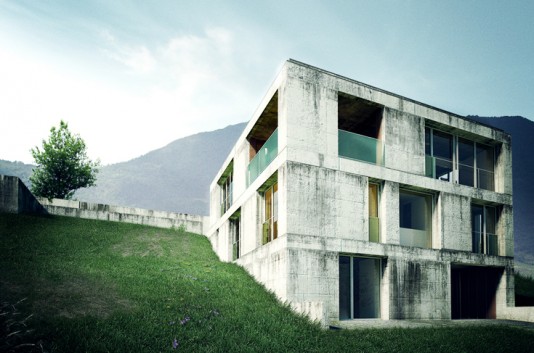The popular physical-based render is now available as plug-ins to four DCC and two CAD products.
Rendering specialist Chaos Group has just released V-Ray for Autodesk Softimage, the newest addition to the company’s suite of rendering solutions. Like its other rendering solutions for leading digital content creation product, V-Ray for Softimage is a physically based toolset, including shaders, lights, and cameras, making it possible to standardize rendering workflow across a variety of software environments.

Key features in V-Ray for Softimage include:
Geometry
- Render particles, strands, hair, and geometry produced by Softimage’ ICE system.
- Manage scene memory and render massive amounts of geometry with V-Ray Proxy.
- Render dynamic geometry such as displacement, proxy objects, fur, and hair.
- Use all geometry animation and deformations applied through animated parameters and key frames, the Animation Mixer, and ICE-based simulations.
Shading
- Create materials based on physical properties using V-Ray shaders.
- Use built-in Render Tree procedural shaders, computational, and logic nodes.
- Simplify the texturing process and eliminate the need to assign UVs using Ptex.
- Simplify the creation of complex multi-layered automotive paints using the VRayCarPaintMtl.
- Render hair and fur using the VRayHairMtl.
Lights & Illumination
- Create simple, artifact-free image-based lighting using the Dome Light.
- Create realistic illumination using physically-based lights, including IES lights and texture-mapped area lights.
- Emulate real-world atmospheric lighting conditions using the V-Ray Sun and Sky system.
Cameras & Optics
- Render true 3D motion blur using the V-Ray Physical Camera
- Create fast and accurate depth of field with bokeh effects using the V-Ray Physical Camera
- Import displacement maps from Nuke to match lens distortion
Other V-Ray rendering solutions are available for Autodesk 3ds Max and Maya, McNeel and Associates Rhino 3D, and Google SketchUp.





